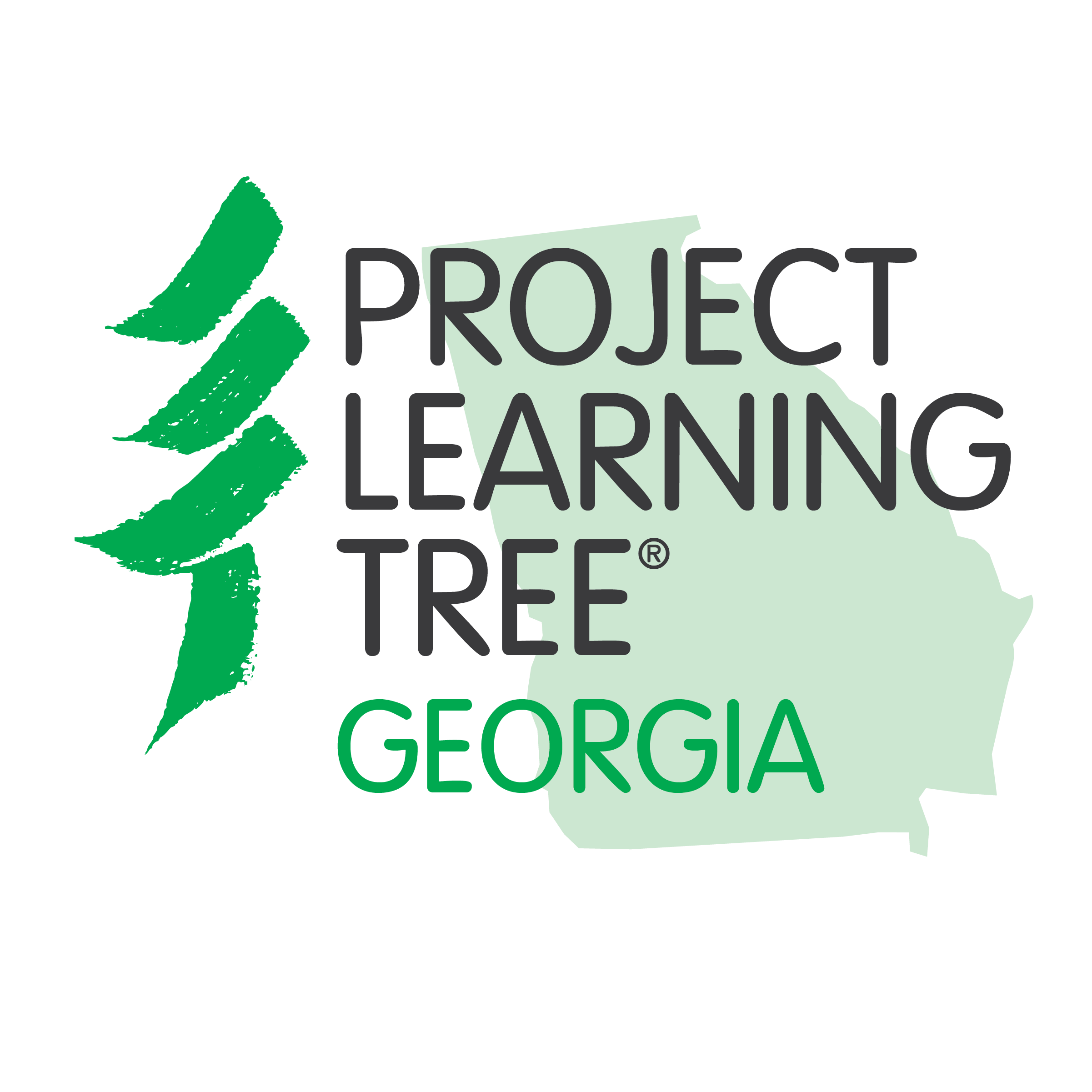Georgia PLT
1986: The Georgia Forestry Commission (GFC) was introduced to PLT and began an evaluation of the program’s value in achieving the GFC conservation education goals. The hands-on and interdisciplinary nature meshed perfectly with the GFC’s goals to expand the Education Forests and deliver forestry education to a greater number of teachers and students.
The GFC’s Director John Mixon invited the University of Georgia Cooperative Extension Service to partner with them to launch Georgia PLT. Soon after, the Georgia Forestry Association became the third state sponsor. Within the first year, some 500 educators and facilitators were PLT trained.
1992: Georgia PLT helped commemorate the spring opening of the National Grove of State Trees in Washington, D.C. by partnering with the American Forest Foundation (AFF) and the Georgia Urban Forest Council (GUFC) to sponsor an essay contest for seventh graders. The contest was open to all state and the National Association of State Foresters provided a grant for awards.
1996-2006: The GFC’s Urban and Community Forestry Program supported the PLT in the City initiative to expand forestry education opportunities for inner city students through grants. It also provided grant support for a combined effort for PLT and the Georgia Forests Forever project in an Urban Initiative Program. PLT-trained educators let activities with an urban emphasis and coordinated activities with the Mobile Classroom and reached close to 65,000 students.
National PLT
Mid-1970s: PLT launched as a collaboration between the American Forest Institute (AFI), a forest products industry trade association dedicated to improving the management of America’s forests, and the Western Regional Environmental Education Council (WREEC), a non-profit organization comprised of representatives from state departments of education and natural resources agencies from 13 western states.
The founders of PLT developed an effective environmental education program based on three goals. The first goal was to design an environmental education program that would gain the confidence of the education community—educators would have to like it, trust it, and use it. The second goal was to develop partnerships between public and private sectors that ensured the curriculum was balanced, fair, and accurate—and that the curriculum encouraged students to consider all sides and factors when making decisions about the environment. The third goal was to design a system of implementation for the program. By making the materials only available through workshops, the founders were helping to ensure that the curriculum would be used effectively. Educators participate in workshops to learn how to use the materials effectively with their students and make them locally relevant.
1982: AFI executed a licensing arrangement with the American Forest Foundation (AFF), which thereby became the co-sponsor with WREEC of PLT. In 1993, AFF became a wholly independent, publicly supported, 501(c)(3) non-profit education organization and took over all administration for PLT.
2017: AFF transferred PLT to the Sustainable Forestry Initiative Inc., an independent, non-profit organization dedicated to the future of our forests and promoting sustainable forest management.
Today: Project Learning Tree is one of the most widely used preK-12 environmental education programs in the United States and abroad. PLT is available in all 50 states and the District of Columbia; several U.S. territories; and Brazil, Canada, Japan, Mexico, and Uruguay. PLT curriculum has been translated into seven languages.
